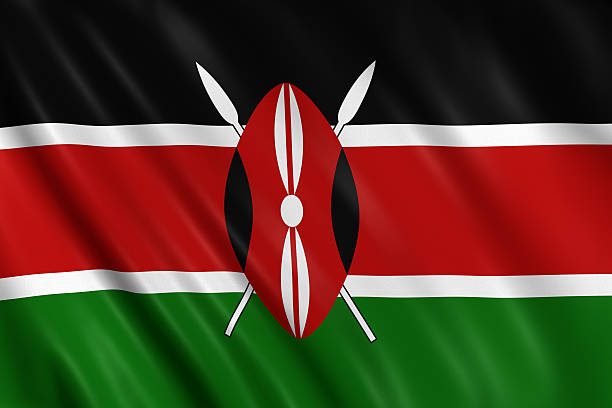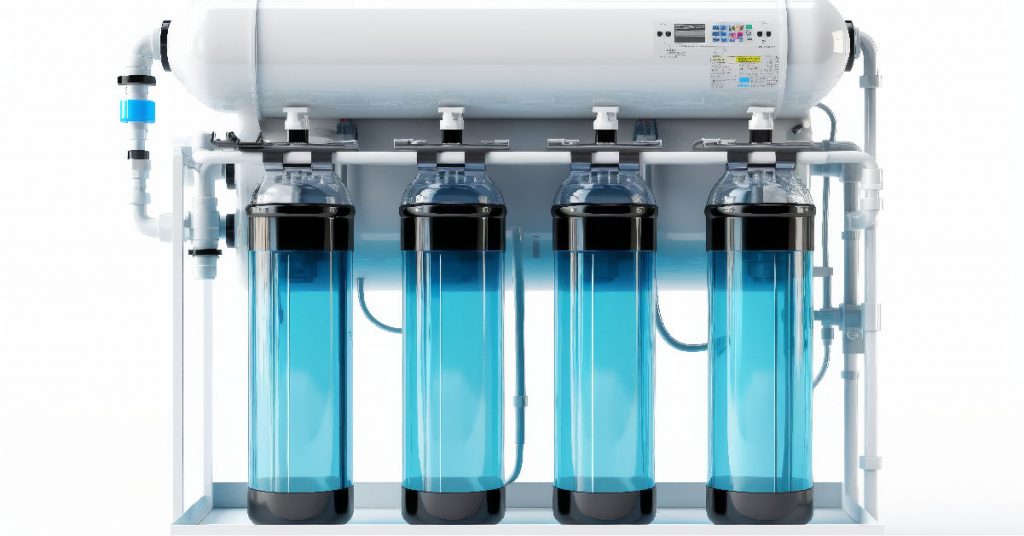Water scarcity and the need for high-quality water have made advanced treatment technologies essential, especially in Kenya, where access to clean water remains a pressing concern. One of the most effective methods for purifying water is the reverse osmosis process. But what is the reverse osmosis process, and how does it work? This guide delves into the process of reverse osmosis, its role in water treatment, and why it is a game-changer in addressing water challenges in Kenya.
What Is the Reverse Osmosis Process?
The reverse osmosis process is a water purification technique that removes impurities, contaminants, and dissolved salts from water by forcing ithemthrough a semipermeable membrane. The membrane allows water molecules to pass through while blocking larger molecules like dissolved salts, microorganisms, and other impurities. This method is widely used for producing clean and safe drinking water, as well as for industrial and agricultural applications.
How does the Reverse Osmosis Process in Water Treatment Work?
The reverse osmosis process in water treatment involves several key stages, each designed to ensure the effective removal of contaminants.
1. Pre-Treatment
Before the water undergoes reverse osmosis, it is pre-treated to remove larger particles, chlorine, and sediments that could damage the membrane. This step typically involves filtration and the addition of anti-scaling agents.
2. High-Pressure Pumping
The water is then pressurized using a high-pressure pump, which forces it through the semipermeable membrane. The pressure applied depends on the water’s salt content, with higher pressure required for saline or brackish water.
3. Membrane Filtration
At the heart of the reverse osmosis process lies the membrane. The pressurized water flows through the membrane, where impurities and dissolved salts are trapped. Clean water molecules pass through, while contaminants are flushed out as wastewater or brine.
4. Post-Treatment
After filtration, the purified water may undergo post-treatment to adjust its pH and add essential minerals for taste and safety. The final product is clean, high-quality water suitable for drinking or industrial use.
Advantages of the Reverse Osmosis Process
The reverse osmosis process offers numerous benefits, making it one of the most preferred methods of water treatment in Kenya:
1. Effective Contaminant Removal
Reverse osmosis effectively removes up to 99% of dissolved salts, heavy metals, bacteria, and other impurities, ensuring high-quality water.
2. Improved Taste and Odor
By eliminating chlorine, dissolved salts, and organic compounds, reverse osmosis enhances the taste and odor of water, making it more palatable.
3. Versatility
The process of reverse osmosis is versatile and can be used to treat water from various sources, including groundwater, seawater, and brackish water.
4. Energy Efficiency
Modern reverse osmosis systems are designed to be energy-efficient, reducing operational costs while delivering excellent performance.
5. Environmental Benefits
By providing a reliable source of clean water, reverse osmosis reduces the dependence on bottled water, minimizing plastic waste.
Applications of the Reverse Osmosis Process in Kenya
Kenya faces significant water challenges, including scarcity and pollution. The reverse osmosis process plays a crucial role in addressing these issues across various sectors:
1. Drinking Water
Reverse osmosis systems are widely used to provide safe and clean drinking water for households and communities.
2. Industrial Applications
Industries in Kenya, such as manufacturing, power generation, and pharmaceuticals, rely on reverse osmosis to produce high-purity water for their processes.
3. Agriculture
Farmers use reverse osmosis to treat saline or brackish water, ensuring better irrigation quality and crop yields.
4. Hospitality Sector
Hotels and resorts utilize reverse osmosis systems to meet the demand for clean water, ensuring guest satisfaction and compliance with health standards.
Why Choose Reverse Osmosis in Kenya?
The growing demand for clean water in Kenya makes the reverse osmosis process an indispensable solution. It offers a reliable way to tackle water quality issues, reduce health risks, and support sustainable development. By investing in reverse osmosis technology, individuals and industries can contribute to a healthier and more resilient future.
Conclusion
The reverse osmosis process is a transformative technology that addresses the pressing need for clean and safe water in Kenya. Understanding what the reverse osmosis process is and how it works can help households, businesses, and industries make informed decisions about water treatment solutions.


